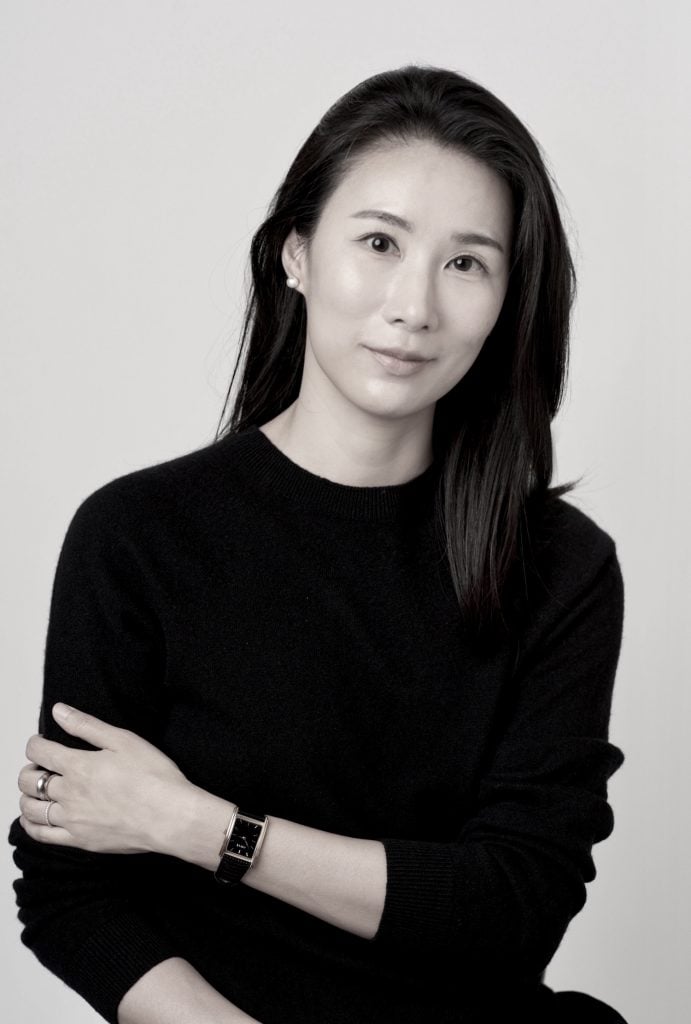Art Fairs
Gagosian Appoints a Veteran Seoul Gallerist as Its First Full-Time Director in South Korea Just in Time for Frieze
The international art fair has energized an already sophisticated collecting scene

The international art fair has energized an already sophisticated collecting scene

Eileen Kinsella

Just in time for the opening of the second edition of Frieze Seoul, Gagosian has announced the appointment of its first full-time director in South Korea.
Jiyoung Lee, a veteran of the Seoul art scene, will lead the gallery’s expansion in the country, building on a business entity that Gagosian established there last year. Though Gagosian does not currently operate a gallery in Korea, “all options are on the table,” Nick Simunovic, Gagosian’s longtime head of operations in Asia, told Artnet News. “We’re open to the concept of the idea.”
“Hiring Jiyoung is a step in the right direction. We’ve been active in the area for many many years,” Simunovic added.
Lee was most recently a director at Sprüth Magers, whose presence in South Korea she spearheaded five years ago. In addition to handling sales and art fairs, she also organized Barbara Kruger and Andreas Gursky’s first solo exhibitions in Asia, both of which were held at Seoul’s Amorepacific Museum of Art.
Before that, she helped establish Esther Schipper’s gallery in Korea and was involved in Tomás Saraceno’s project with Asia Culture Center in Gwangju in 2017. Lee began her career in Seoul with PKM Gallery, where she spent seven years.
Simunovic said that Lee’s many years operating in Seoul, for both local and international galleries, together with her collaborations with major institutions, “have provided her with valuable expertise that complements our existing team.”
Simunovic said that the arrival of Frieze “has brought a renewed emphasis on collecting,” but stresses that Korea has long had a bustling art scene and many dedicated collectors who buy both Asian and Western art dating back at least to the 1960s.
When Frieze opened there last year “there was an even greater openness to the arrival of a major international fair like Frieze. That was true in Hong Kong in 2008. But the depth of the art infrastructure in Hong Kong in 2008 cannot be compared to the depth of the arts infrastructure in Korea now,” Simunovic said.
“It’s been wonderful in terms of expanding awareness,” he added. “The collectors are well-informed and opinionated. That’s exactly what galleries like Gagosian are hoping for.”